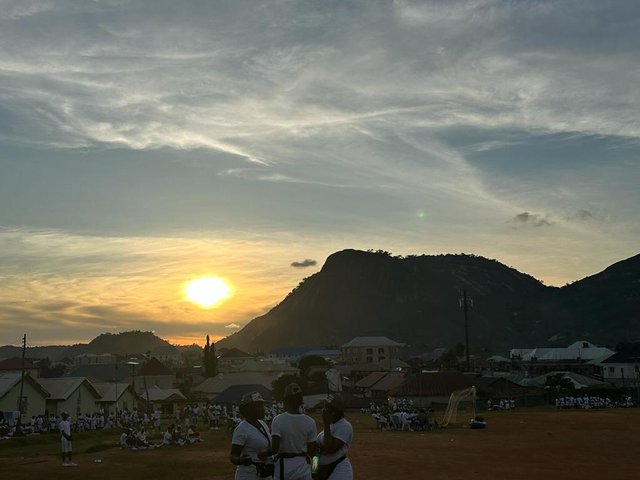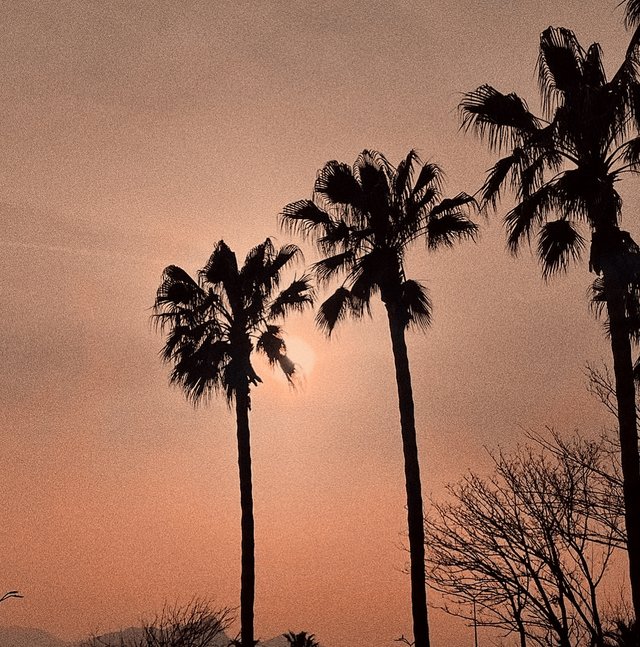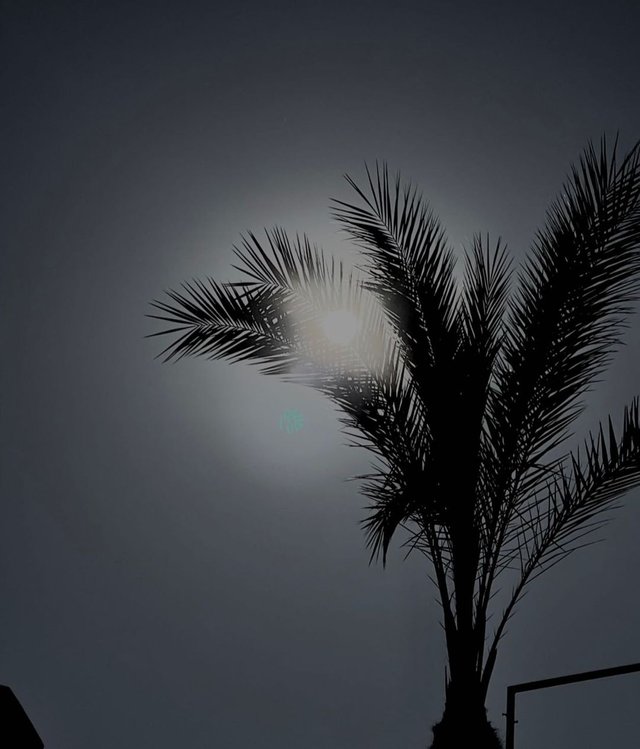Sunlight Photography Challenge Week 21 | by @blessingogah-1
INTRODUCTION
photography is a form of artistic expression that goes beyond capturing straightforward images. It involves using various techniques, such as composition, lighting, color, and post-processing, to create visually compelling and unique photographs
Sunlight photography referred to as natural light photography, is a photography technique that utilizes the available natural light from the sun to illuminate and capture images. The primary source of light in sunlight photography is, of course, the sun. The direction, quality, and intensity of this light can vary depending on the time of day, weather conditions, and geographical location.
The color of sunlight changes throughout the day. It's warmer during the golden hours and cooler around midday. In cases like this Photographers like myself only need to adjust white balance settings to capture accurate colors. When I say golden hours I mean the first hour after sunrise and the last hour before sunset and the midday sunlight** is when the sun becomes so harsh with strong shadows.
Sunlight photography often involves managing shadows and highlights. Techniques like using reflectors, and diffusers, or changing the angle of the light can help control these elements. Another thing to take note of when using natural light, you(photographers) need to consider the direction of the light and how it interacts with the subject. Backlighting, side lighting, and front lighting can all create different effects.
Sunlight photography offers opportunities for creative expression. natural light provided by the sun. It involves an understanding of light quality, direction, and composition to create visually appealing and evocative photographs.

Quality in sunlight photography is about capturing images that are visually appealing, well-exposed, and technically sound. Here are some factors that contribute to achieving high-quality sunlight photographs;
-Proper Exposure
-Sharpness and Focus
-Composition
-Color and White Balance
-Eliminating Lens Flare
-Dynamic Range
-Storytelling
-Creativity

picture from my phone
-Introduction:Sunlight is crucial for photography because it provides the primary source of natural light, which photographers often consider the most flattering and versatile light source.
-Understanding Sunlight: The angle and intensity of sunlight change throughout the day, allowing photographers to capture a wide range of moods and effects.
-Golden Hour and Blue Hour: The golden hour is the magical time at sunrise and sunset, while the blue hour is the beautiful time just before or after these moments.
-Lighting Techniques:Unlike artificial lighting, sunlight is readily available and doesn't require additional equipment, making it accessible to all photographers.
-Using Shadows and Highlights:Shadows are the dark parts, and highlights are the bright parts that add depth and interest to your pictures. Sunlight creates shadows and highlights that can add depth, texture, and interest to photographs.
-Composition: Composition in photography is like arranging the elements in a painting to create a visually pleasing image. It involves deciding how to place your subject, the background, and other elements within the frame. Good composition often follows principles like the rule of thirds, leading lines, framing, and balance, which help guide the viewer's eyes and create a harmonious and engaging image.
-Equipment and Settings;
Because I used my phone in taking my pictures I will list the equipment below.
-Phone Camera Quality: I used an iPhone 13 pro max.
-Clean the Lens: I Wipe the camera lens to ensure it's free from smudges or dirt, which can affect photo quality.
-Camera App: I ensure that I use the default camera app.
-Focus and Exposure: I Tap on my phone's screen to set the focus and exposure point. I Adjusted it to capture the object correctly.
-Grid Lines: I enable grid lines on my camera to help with composition.
-HDR Mode: I Use High Dynamic Range (HDR) mode when capturing scenes with high contrast like the sun to balance the exposure.
-Flash: I also avoid using the built-in flash whenever possible. Because it can create harsh shadows and unnatural colors.
-Photo Resolution: I Selected the highest resolution available for better image quality, but don't keep in mind that high-res photos take up more storage.
-Exposure: Some phone camera apps allow you to lock exposure and focus settings. This is useful for consistent results.
-Editing Apps: After capturing the photos, I use editing apps on my phone to fine-tune colors, brightness, and other aspects.
-Editing and Post-Processing: After capturing photos, I use editing apps on my phone to fine-tune colors, brightness, and other aspects.

picture from my phone
The iPhone 13 Pro Max offers powerful picture editing capabilities through its built-in Photos app. You can easily adjust exposure, and color, and add filters to enhance your photos. It also supports advanced features like ProRAW and ProRes for professional editing. You should also note that there are many third-party apps available on the App Store for more extensive editing options.

picture from my phone
Photography is a captivating art form and a powerful means of communication. Whether you're using a professional camera or your smartphone, the principles of photography remain consistent.
Thank you for reading this post.
I'm also inviting @bossj23, @allison001, and @sirexcellence01 to participate in this contest.
My twitter link
You are a professional photographer. Good luck
Thank you